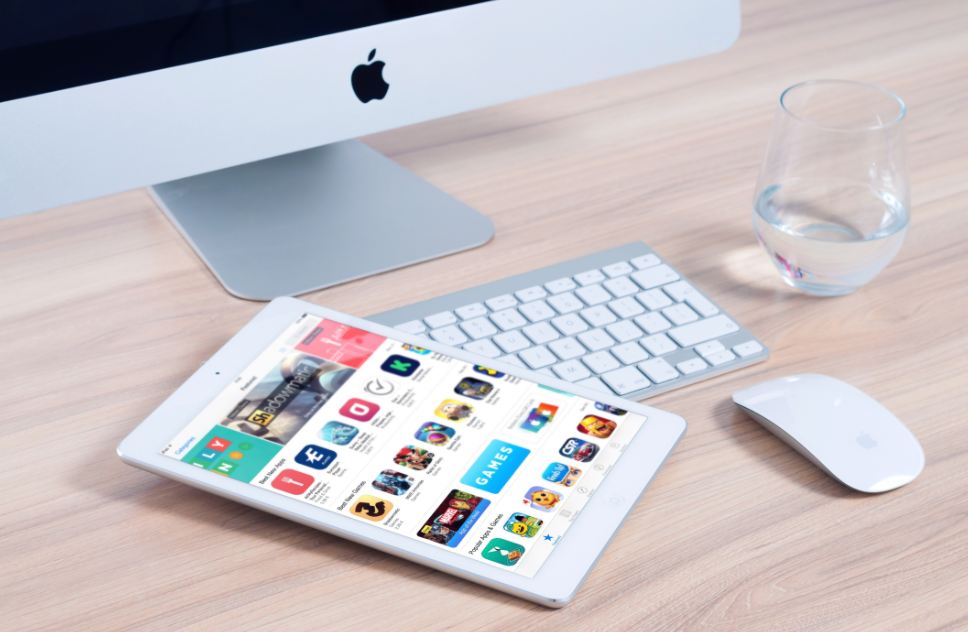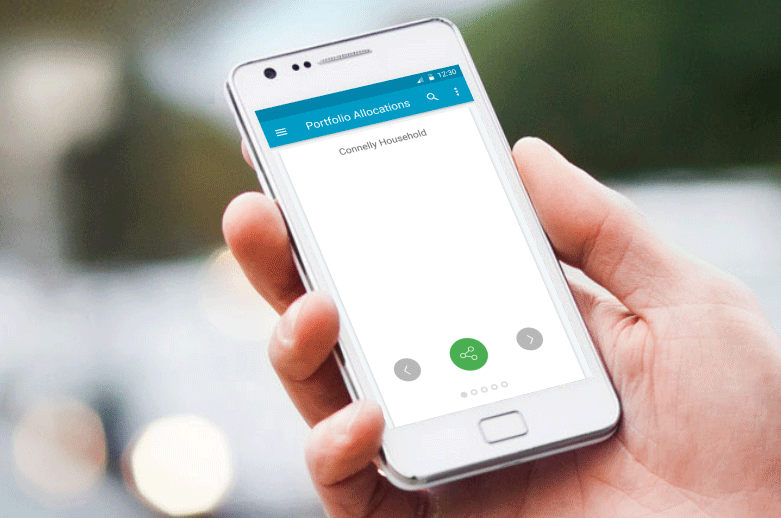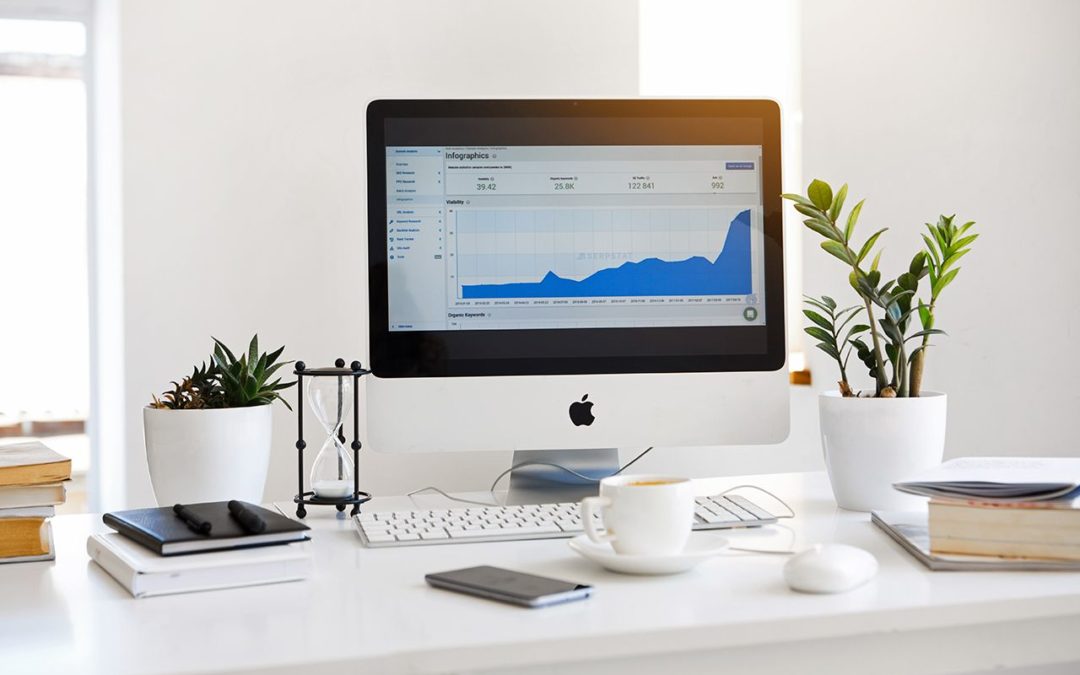Starting out on the road to building your own app is an exciting time. You feel that you can do anything and take on the world, but the problems begin when you try and do everything.
As with any project, you need to define the scope and direction if you’re going to get out what you put in. The secret is to write a standout brief for your app that you can then take to a developer. Here’s a few hints and tips on how you can do it the right way.
1. Why Would You Make An App?
The first thing you want to do before you start building, is to understand why you want to make an app in the first place. Here’s a few reasons why people decide to take the plunge and go mobile:
- An app helps you to project your brand into the constantly growing mobile space
- It shows your customers that you’re committed to solving problems, and giving them what they want
- You can make it easier to generate leads, create conversions, and sell your products and services
If these sound like the kinds of things that you want to do, then start getting specific with your thinking. The most important thing is you need to create an app with a purpose. Having an app for the sake of it, is not the same as getting onto social media for the sake of it. Apps can be expensive and time-consuming if you haven’t planned the specifics. Take the time to think through what you want, and then move onto the next step.
2. What Is a Brief? Why Do You Need One?
The brief is where you outline the specifics of what you want your app to do. It’s a super important document, because it provides the bridge between your vision, and the creative skills of your developer. The key point here is the developer will not know the specifics of what you have in mind. And they certainly won’t be able to guess what you want to achieve if you haven’t yet figured it out for yourself.
Briefs are not about specifying every line of code that you need. If you could do that, you’d be creating the app from scratch yourself right? What they do is provide the framework for the developer to work with. Let’s take a look at an example.
3. Example Questions For When You Come To Write Your Brief
Your run a mini can firm and want to create an app that will allow people to tap your app and book you for trip. Here are just a few of the kinds of questions that you need to ask yourself:
- Which platforms do you want the app to work on?
- What functionality do you want it to have?
- Do you want it to accept a variety of different payment methods?
- What color scheme and layout do you have in mind?
- Do you want some of the functionality to be available offline?
Clearly there are other questions in addition to these, but you can quickly see that you need to decide on far more than a catchy name that will standout in the App Store.
So, where do you start when you come to put pen to paper?
4. Make Yourself Readily Contactable By The Developers At All Times
First things first, make yourself readily contactable and make sure you give the developer your details. The importance of fluid communication can’t be overstated.
If you want to be able to get the most out of your developer, you need to set up a relationship that allows for the free exchange of ideas. Here’s why communication is so important when you want to create a stunning app:
- Ideas need to be able to flow both ways without delay, otherwise the app will take longer to build
- Your developer will know what’s possible, and what works best. This means that they will be able to suggest subtle changes that can take the user experience of your app to the next level
- Every developer will value your input because they want to create something you’re happy with
- Fluid communication allows you to work through bottlenecks and stumbling blocks together
5. Why Collaboration Matters In App Development
App development is a much more collaborative process than a lot of people realize. Gone are the days when you can email someone a few lines and they send a simple app back in a week. Users expect more and more functionality and usability from their apps, and communication between you and your developer is the key to making that happen.
6. The Importance Of The Project Description: What Is Your Core Objective?
The real jumping off point for any app brief is the project description — this is the part where you describe your core objective. If you want to be able to create something that people will actually want to use, then you need to know exactly what it is that you want them to use it for.
Plenty of people will decide to build an app, but the secret is to define the core goal of your app in such a way that it carves out a unique niche for itself in the market. Here’s a few tips on makes a stunning project description:
- Talk about what you want to achieve, and what you want your users to be able to do
- Tell the developer how this solves a problem that the end users will care about. This part is extremely important, because it gives your developer context with which to understand what you’re trying to achieve
- Be precise and concise so that it’s clear what you’re trying to have built. If your description rambles on, then the chances are that you would benefit from taking more time to think about your project
If you find that words aren’t your thing, then online tools such as Trust My Paper can be helpful sounding boards for content creation. Make sure that you have the right wording in place so that your developer can instantly get on the same page as you. You’ll reap the rewards because the project will quickly gather pace.
7. iOS, Android, or Cross-Platform?
Next, you need to decide which platform you want to work on. This will be one of the first things that your developer asks you, so give it some thought.
If money is no object, then cross-platform is often the way to go. If you want a soft launch however, it can be hard to strike the right balance.
Research what’s on offer in the App Store and the Google Play Store before you make your final decision. This will give you the best idea of what’s out there, and how your app would fit into the existing market.
If in doubt, consult with your developer. They may even be able to tell you that what you have in mind will only work well on one platform. This may not be what you want to hear at the time, but it’s valuable information that you will kick yourself for turning down the chance to hear down the line.
8. Don’t Forget To Think About The Back-end
If you want to make your app standout, you need to know that there’s far more to it than a catchy name and a cool logo. The backend is actually the meat of your app as it were, and it’s not something you should leave solely to the developer.
Whilst any professional will be happy to advise, you’ll get a lot more out of the process if you think about a few central issues beforehand. Here’s a few things you need to consider:
- Do you want your app to be able to work offline?
- Which type of communication protocol do you want to use for communication between your app and the client side server?
- Do you need your app to talk to a database, or website?
If this sounds like a second language to you, then don’t worry because any app developer will be able to explain what these terms mean. Make sure you have some additional ideas wherever possible, and you’ll find that your final brief comes together a lot faster.
9. Get Specific About The Functionality You Would Like Included
Specifying the nature of the functionality an app should have will often be the most difficult part of the process. What you need to do is go away and think about the specific ways in which you can make your core goal happen.
Functionality for the sake of it is never a good thing, so think about how what you’re planning to add will impact the user experience. If it sounds like it will clutter or confuse things, then find a way to do it better, or do without it. This is the part where a developer can really help you to refine your final product, so think about a few of these questions and discuss them between yourselves:
- Is what we’re doing getting us closer to realizing the end goal that we set out in the product description?
- As a user seeing this app for the first time, is it instinctively clear to me how it works and what it does?
- How does the functionality of this app compare to similar offerings on the market?
- If we have less functionality, is that because we’ve trimmed away excess? Or, have we missed something crucial?
- If we have more functionality, is that because we’ve added something truly groundbreaking that customers have been waiting a long time for? Or, have we added features purely for the sake of it so that we can try and force a niche for ourselves?
These kinds of introspective questions are great because they force you to scrutinize what you’re planning to do. Picture your app as a finished product, and then run these questions by yourself. If you’re not overly impressed with your own answers, then it’s clear that you need to put a little more thought into how you specify the functionality.
10. Now You Have The Basics In Place, Think About The Interface and The Layout
The final thing you need to do, is think about what the layout and the interface will look like. If you decide your business needs an app, the temptation is start with this part, but it’s really nothing more than the finishing touch.
Keep your colors in line with the core theme of your logo, and look for a clean and crisp layout. The days of busy apps are long gone — users are looking for simple minimalist layouts they know how to use before they even use them.
Perhaps the most important thing about your layout, is not to go against the grain and try and reinvent things purely for the sake of it. You make think that your new style looks better, and you may be right. But if it’s too different to what people are used to, it won’t be a selling point. Users want to be able to use apps straight away, and they hate to have to read instructions to learn how to use them. Keep to some of the tried and tested layout fundamentals and the end product will be all the better for it.
Final Thoughts
The secret to successful app development lies in writing a standout brief. It’s not the document you use to pitch for investment or to attract early adopters, it’s how you tell your developer the specifics of your big idea.
Taking the time to get it right is essential. Draft, think, and redraft so that you end up with something that is concise and precise. This will make it the perfect document to refer back to at various stages of development. It will also provide your developer with an opportunity to add their expertise and input at the planning stage. Something that will always save you time, money, and effort further down the line.



